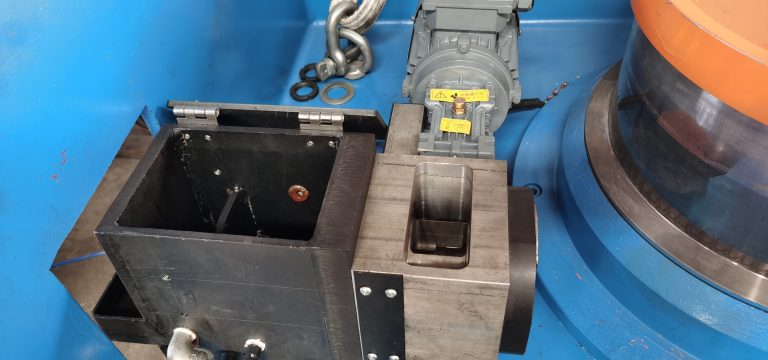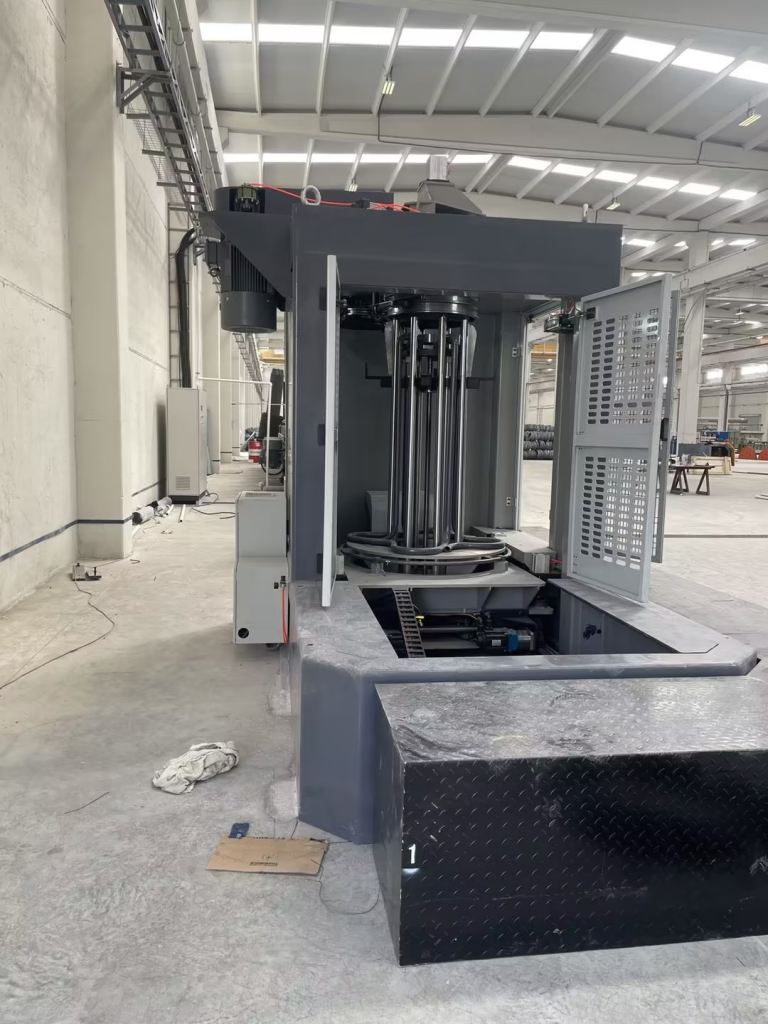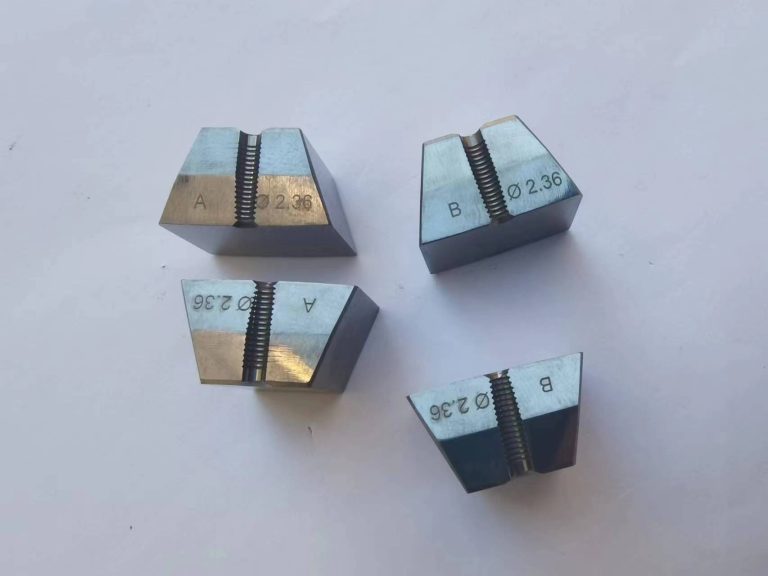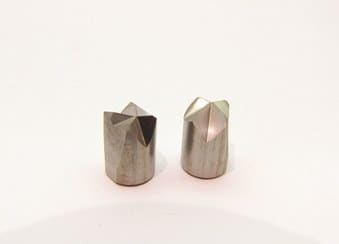أهمية المعدات المساعدة في عملية سحب الأسلاك
واحدة من أهم قطع المعدات المساعدة في سحب الأسلاك هي جهاز تمليس الأسلاك. عندما يتم سحب السلك من خلال القالب، يمكن أن ينحني أو يلتوي، مما قد يؤثر على جودة المنتج النهائي. يتم إستخدام جهاز تمليس السلك لإزالة أي انحناءات أو إلتواءات في السلك، مما يضمن بقاءه مستقيماً وموحداً طوال عملية الرسم. لا يؤدي هذا إلى تحسين جودة السلك فحسب، بل يساعد أيضًا في منع تلف القوالب والمعدات الأخرى.
هناك قطعة أساسية أخرى من أداة إزالة الترسبات من الفرشاة الفولاذية لعملية سحب الأسلاك وهي نظام التشحيم. عندما يتم سحب السلك من خلال القوالب، يمكن أن يتراكم الاحتكاك، مما يسبب الحرارة والتآكل على كل من السلك والقالب. يتم استخدام نظام التشحيم لتقليل الاحتكاك والحرارة، مما يسمح للسلك بالتحرك بسلاسة أكبر خلال القوالب وتقليل تآكل المعدات. لا يؤدي هذا إلى تحسين كفاءة عملية السحب فحسب، بل يساعد أيضًا على إطالة عمر القوالب والمكونات الأخرى.
بالإضافة إلى أجهزة تمليس الأسلاك وأنظمة التشحيم، هناك عدة أنواع أخرى من المعدات المساعدة التي تُستخدم بشكل شائع في سحب الأسلاك . وتشمل هذه البكرات، التي تُستخدم في لف السلك المسحوب على مكبات للتخزين والنقل، وأنظمة التحكم في التوتر، والتي تساعد في الحفاظ على توتر ثابت على السلك أثناء سحبه من خلال القوالب. تعمل قطع المعدات المساعدة هذه معًا لضمان تشغيل عملية سحب الأسلاك بسلاسة وكفاءة، مما يؤدي إلى إنتاج منتجات أسلاك عالية الجودة.
لا يمكن المبالغة في أهمية المعدات المساعدة في عملية سحب الأسلاك. بدون هذه القطع الأساسية من المعدات، سوف تتعرض جودة منتجات الأسلاك المنتجة للخطر، وستنخفض كفاءة العملية بشكل كبير. من خلال الاستثمار في المعدات المساعدة عالية الجودة والتأكد من صيانتها وتشغيلها بشكل صحيح، يمكن للمصنعين تحسين جودة منتجات الأسلاك الخاصة بهم، وتقليل وقت التوقف عن العمل وتكاليف الصيانة، وزيادة الإنتاجية الإجمالية.
في الختام، تلعب المعدات المساعدة دورًا حاسمًا في عملية سحب الأسلاك، مما يساعد على ضمان كفاءة وجودة المنتج النهائي. إن أجهزة تمليس الأسلاك، وأنظمة التشحيم، والمكبات المؤقتة، وأنظمة التحكم في التوتر هي مجرد أمثلة قليلة على المعدات المساعدة الأساسية المستخدمة في سحب الأسلاك. من خلال الاستثمار في المعدات المساعدة عالية الجودة والتأكد من صيانتها وتشغيلها بشكل صحيح، يمكن للمصنعين تحسين جودة منتجات الأسلاك الخاصة بهم، وتقليل وقت التوقف عن العمل وتكاليف الصيانة، وزيادة الإنتاجية الإجمالية.
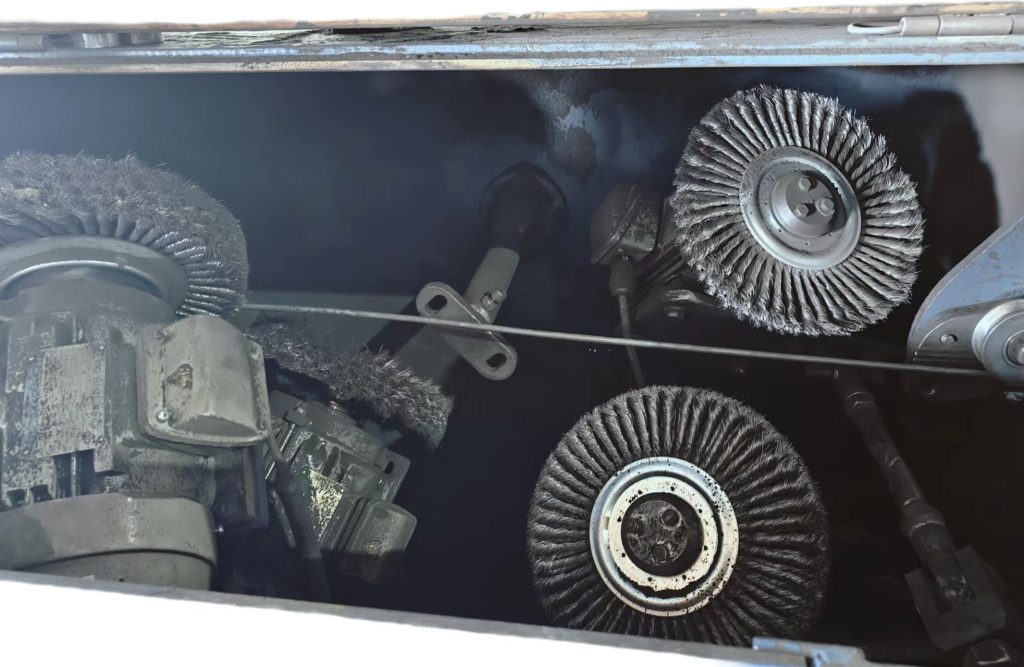
One of the most important pieces of auxiliary equipment in wire drawing is the wire straightener. As the wire is pulled through the dies, it can become bent or twisted, which can affect the quality of the final product. The wire straightener is used to remove any bends or twists in the wire, ensuring that it remains straight and uniform throughout the drawing process. This not only improves the quality of the wire but also helps to prevent damage to the dies and other equipment.
Another essential piece of Steel Brush Descaler for Wire Drawing Process is the lubrication system. As the wire is pulled through the dies, friction can build up, causing heat and wear on both the wire and the dies. A lubrication system is used to reduce friction and heat, allowing the wire to move more smoothly through the dies and reducing wear on the equipment. This not only improves the efficiency of the drawing process but also helps to extend the life of the dies and other components.
In addition to wire straighteners and lubrication systems, there are several other types of auxiliary equipment that are commonly used in wire drawing. These include spoolers, which are used to wind the drawn wire onto spools for storage and transportation, and tension control systems, which help to maintain a consistent tension on the wire as it is drawn through the dies. These auxiliary equipment pieces work together to ensure that the wire drawing process runs smoothly and efficiently, producing high-quality wire products.
The importance of auxiliary equipment in the wire drawing process cannot be overstated. Without these essential pieces of equipment, the quality of the wire products produced would be compromised, and the efficiency of the process would be greatly reduced. By investing in high-quality auxiliary equipment and ensuring that it is properly maintained and operated, manufacturers can improve the quality of their wire products, reduce downtime and maintenance costs, and increase overall productivity.
In conclusion, auxiliary equipment plays a crucial role in the wire drawing process, helping to ensure the efficiency and quality of the final product. Wire straighteners, lubrication systems, spoolers, and tension control systems are just a few examples of the essential auxiliary equipment used in wire drawing. By investing in high-quality auxiliary equipment and ensuring that it is properly maintained and operated, manufacturers can improve the quality of their wire products, reduce downtime and maintenance costs, and increase overall productivity.

